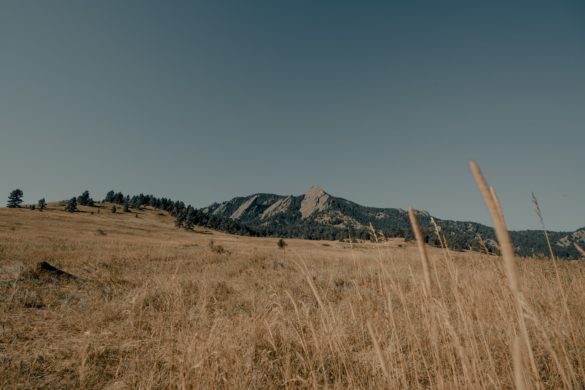
Before Colorado’s founding, a plot of land in the San Luis Valley was granted in 1844 to two Mexican nationals as part of the 1 million-acre Sangre de Cristo land grant. That plot of land’s ownership and access is now the subject of one of Colorado’s longest-standing legal battles after outliving water rights disputes and other decades-long natural resources litigation like that over the Two Forks Dam.
According to a 2002 Colorado Supreme Court case, the Cielo Vista Ranch dispute can be summed up with the identification of a 1960 catalyst: Then-owner Jack Taylor fenced off portions of the ranch to exclude or bar entry for “successors in title to the original settlers in the region.” The property’s original jurisdiction overlapped with Mexican law, and complex transfers of ownership made it difficult for the courts to track the succession of control over the property. Issues stemming from the early 1800s blended into a storm of legal confusion for land-owners, government officials and interested parties. Various treaties predating Colorado’s statehood also muddied the legal waters.
“These rights, they assert, derive from Mexican law, prescription, and an ex-press or implied grant, and were impermissibly denied when the mountain land was fenced.” – 2002 Colorado Supreme Court opinion, Lobato v. Taylor
In 1996, a 10th Circuit judge ordered Taylor to share the land with residents who claimed ancestral rights that allowed cattle grazing, hunting and collecting firewood. NPR in 2006 covered the tumultuous attempts over the years to reconcile private and communal lands in the area. That coverage noted the 77,000 acres of land in question has been privately owned for decades, but the land agreements that predated Colorado’s statehood were the primary reason for legal disputes between the owners and residents who asserted ancestral rights.
Since then, the property has changed hands again, and the new owner, William Harrison, who purchased the land for $105 million in 2017, has reportedly promised to put an end to legal battles over land access, according to the Colorado Sun in 2018. But, shortly after becoming the new owner, Harrison repeated sentiments from several previous owners in claiming that too many residents were accessing the land and causing damage to the property.
Harrison’s 2018 appeal over the 2002 land access decision by the Colorado Supreme Court was denied, and he told the Sun later that year that he would let the decision lie.
A 2018 Colorado Court of Appeals opinion noted that records dating back to 1869 needed to be referenced to determine the correct and current owners of all parcels, which would allow the court to effectively determine what areas are private and which can be considered communal.
This article appeared in the Dec. 21 issue of Law Week Colorado. To read other articles from that issue, order a copy online. Subscribers can request a digital PDF of the issue.

